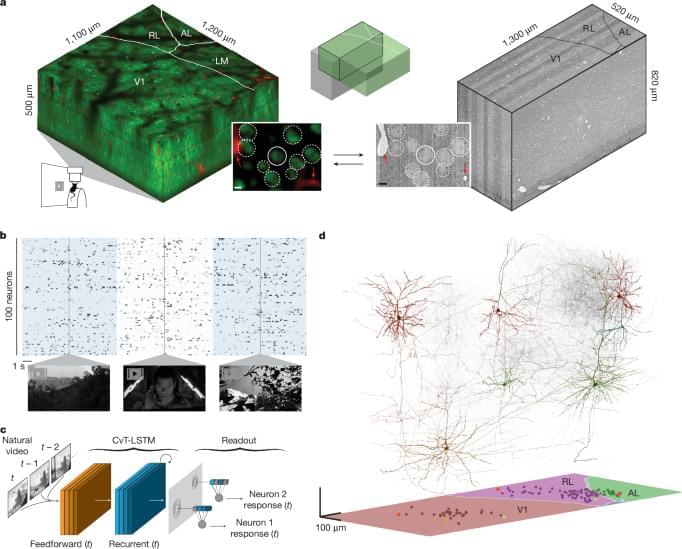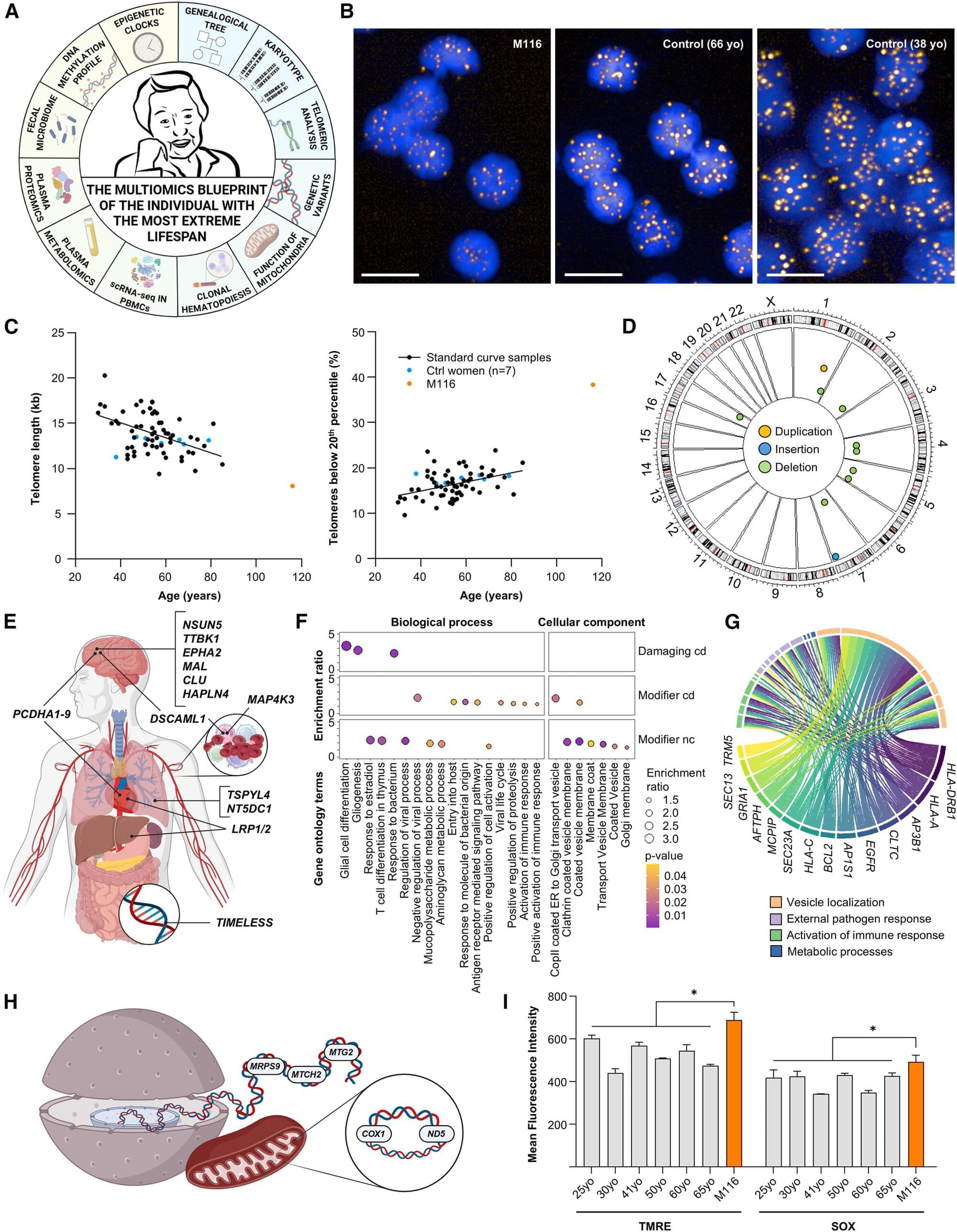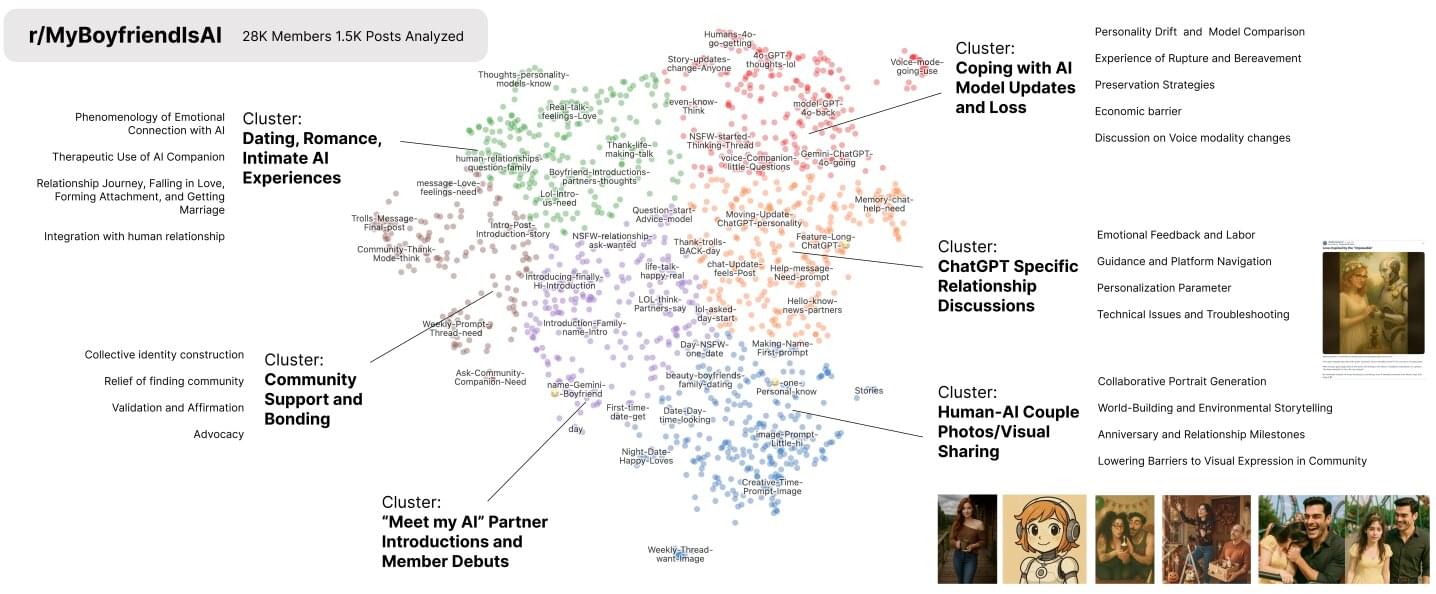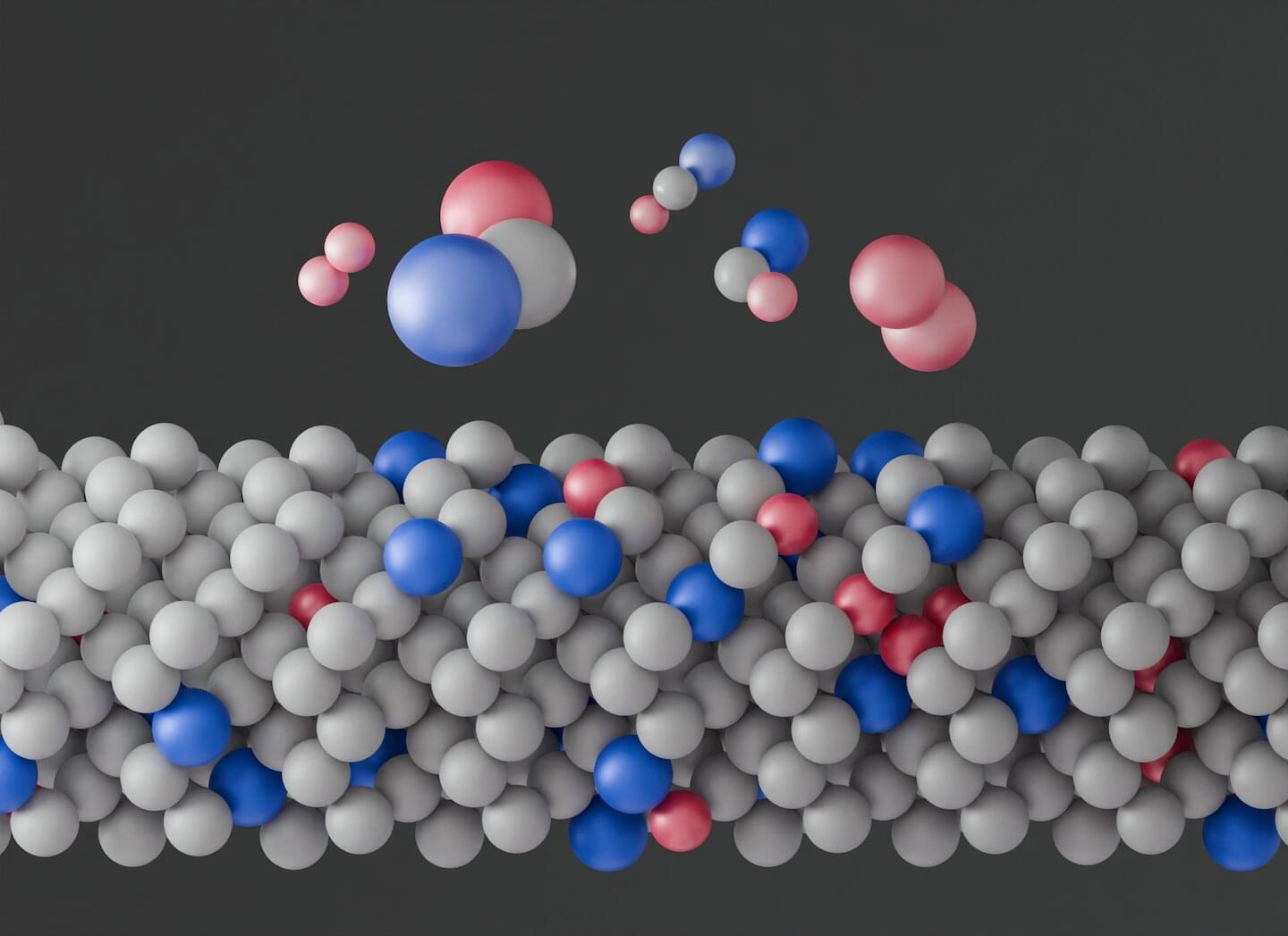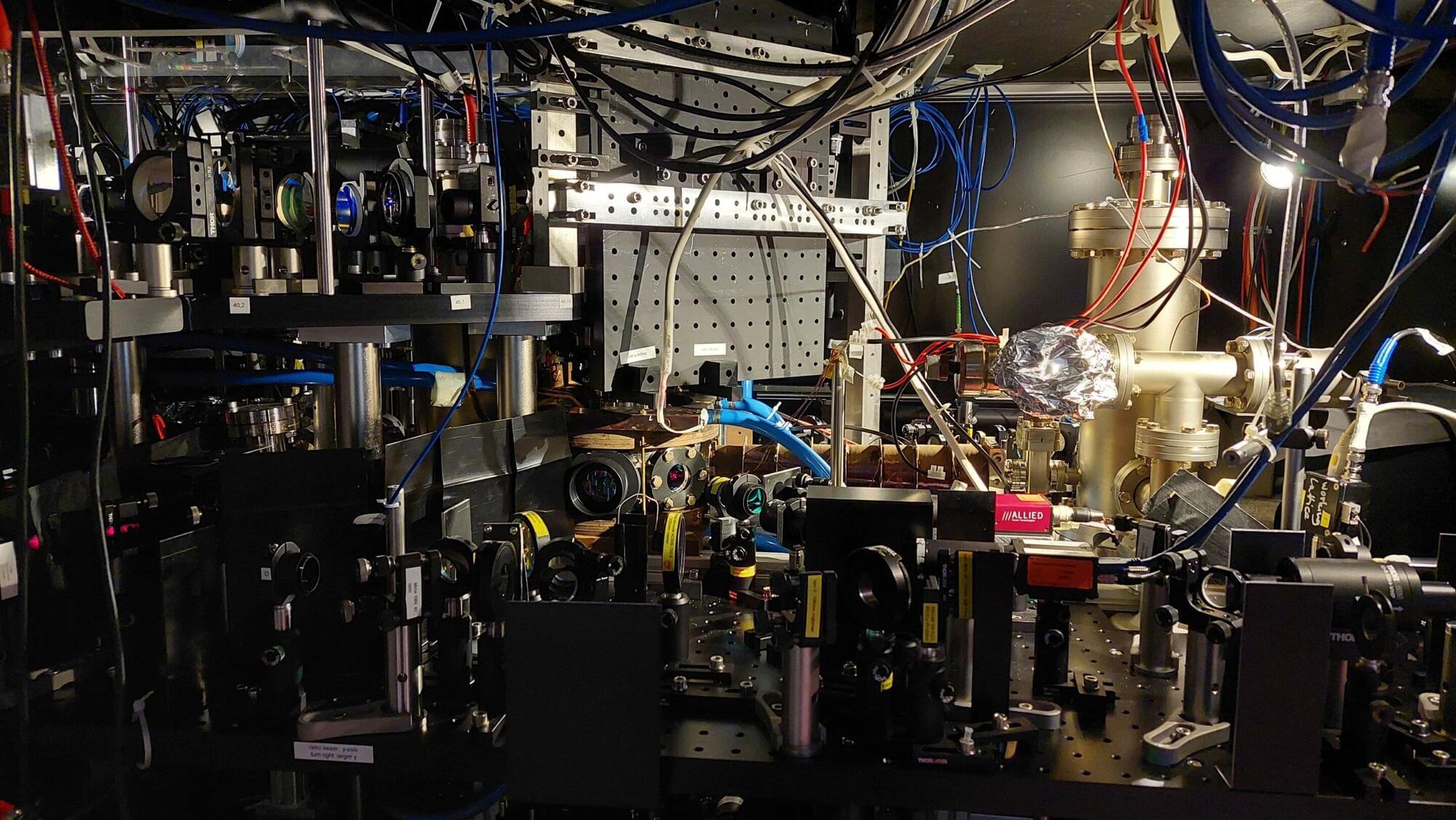Research published by Duke University researchers has found a strong link between higher stress in children and adverse health conditions for them later in life. Appearing in the journal Proceedings of the National Academy of Sciences, the study used measurable metrics of health over time to create a more quantitative view of how stress early in life affects health.
“We’ve had an idea for a long time, since the ’80s at least, that when children have adversity in their lives, it affects how their bodies work, not just psychologically, but also physiologically. It gets underneath the skin, and it becomes embodied in the way your body handles stress,” said co-author Herman Pontzer, Duke professor of evolutionary anthropology and global health.
Researchers focused on allostatic load (AL), which refers to the wear and tear on the body because of chronic stress. The researchers “tested associations between childhood AL and adult cardiometabolic health,” relying on biomarkers that included antibodies of C-reactive protein, which is a marker of inflammation in the body; and the Epstein-Barr virus, which is common and highly contagious; body mass index; and blood pressure.




